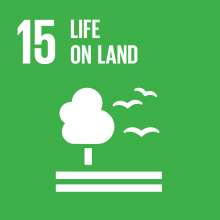
National Carp Control Plan
On behalf of the Australian Government, the Fisheries Research and Development Corporation, is leading the development of the National Carp Control Plan (the plan).
The plan will determine the feasibility of using Cyprinid herpesvirus 3 (the carp virus) as a biological control agent for introduced common carp (Cyprinus carpio) in Australia, and if feasible, set out a strategy for how the carp virus might best be used to control carp.
Background – the Carp Problem
Carp have been in Australia for over 100 years and are now established in all states and territories, except the Northern Territory.
Carp completely dominate freshwater fish communities in south eastern Australia – in many areas they comprise a significant proportion of fish biomass, sometimes exceeding 80% or 350 kilograms per hectare in some parts of the Murray-Darling Basin.
Carp impacts are felt environmentally, economically and socially. They affect water quality, native fish, fishing and irrigation.





